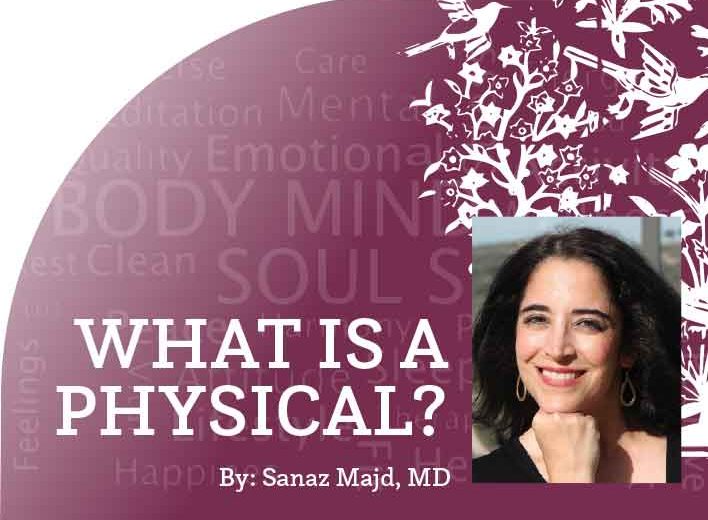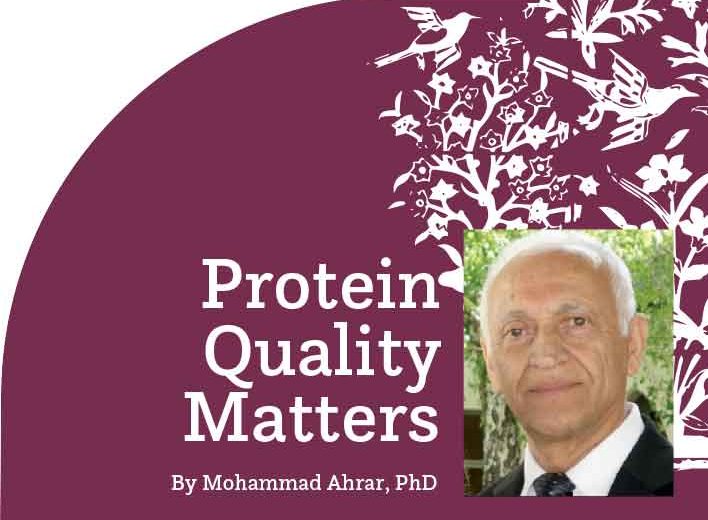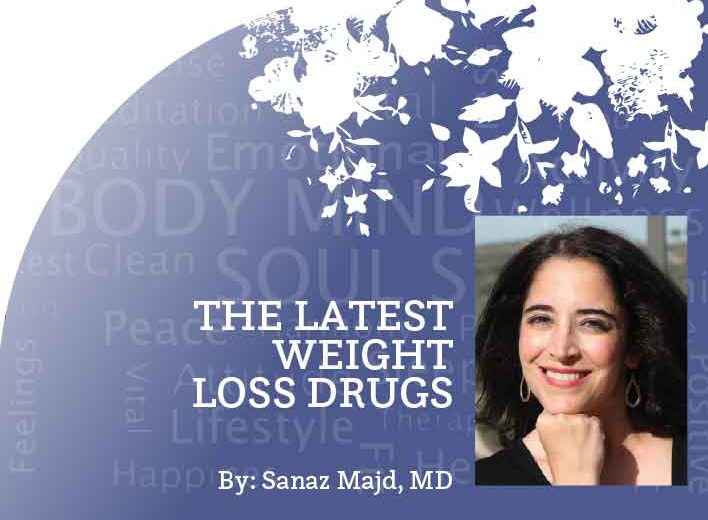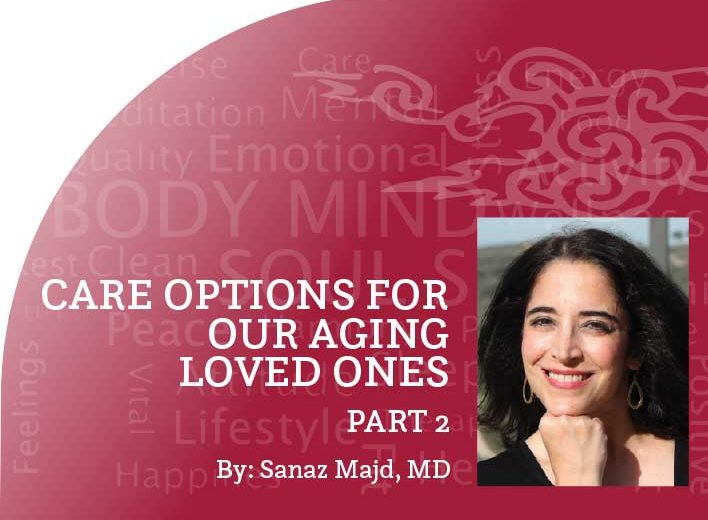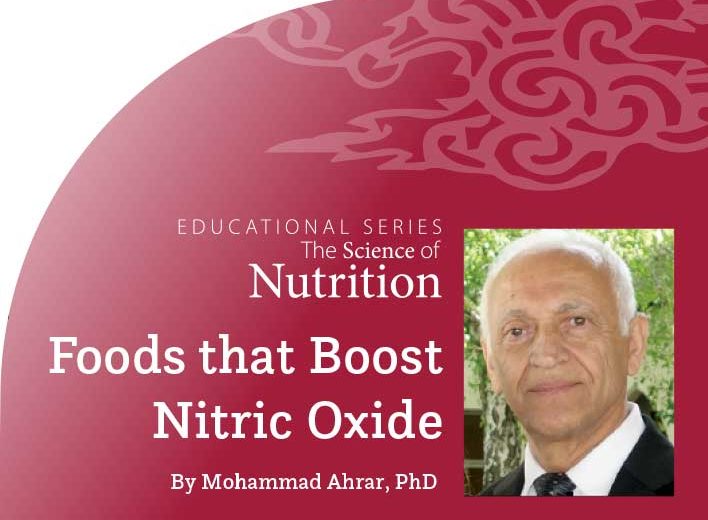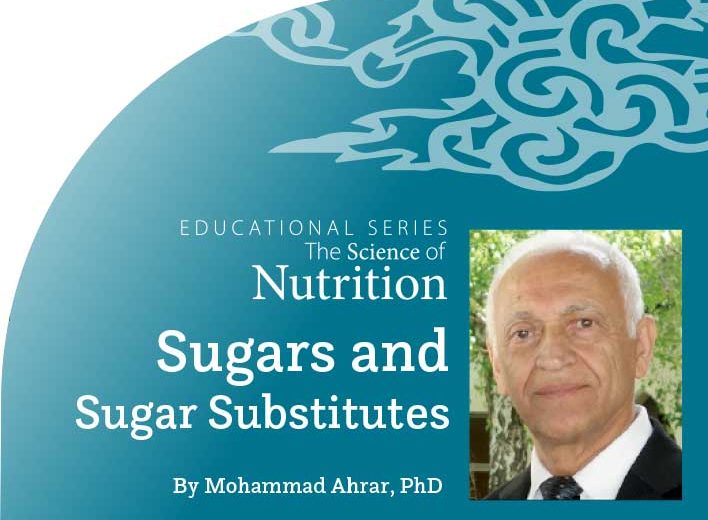By Sanaz Majd, MD
Can I Get COVID-19 from a Vaccine?
No. None of the COVID-19 vaccines approved for use or in development in the U.S. uses a live virus. In fact, the Moderna and Pfizer vaccines do not utilize a dead virus or even part of a dead virus. It is scientifically impossible to get infected with COVID-19 when the vaccine does not even involve an actual virus.
Both the Pfizer and Moderna vaccines instead utilize a synthetic “messenger RNA” (mRNA) method. This mRNA serves as a “messenger” to the cells it is injected with, and the message it carries contains genetic material that provides instructions for the cells to produce certain proteins.
In the case of the COVID-19 vaccine, when this mRNA is injected in your body, it enters the cell and instructs it to produce a replica of a harmless “spike protein” that typically sits on the surface of the SARS-CoV-2 virus (the name for the COVID-19 virus). Once this protein is produced, the cell displays the spike protein on its surface, and the mRNA then self-destructs.
Your immune system then senses this “foreign” particle on the cell surface and mounts an attack, in addition to creating a “memory” of this battle by producing “antibodies,” proteins that will help destroy the virus if encountered in the future. Then, the next time your body encounters the same spike protein particle on the real COVID-19 virus, it will more quickly attack and destroy it before it causes illness. This is termed “immunity.”
In essence, the vaccine gives our immune system a “heads up,” a forewarning of sorts, that this nasty bug may be encountered on the horizon and to get ready for war when the real thing attacks.
Note that Johnson & Johnson is also pending Food & Drug Administration (FDA) authorization for emergency use of its one-dose vaccine. Its method differs from Moderna’s and Pfizer’s, in that it uses a harmless, modified “adenovirus” (a virus that typically causes the common cold) that has been engineered to carry the DNA to produce the COVID-19 spike protein. So, instead of directly injecting an mRNA, the vaccine utilizes a different virus as the carrier of the genetic material that encodes the spike protein.
J&J’s vaccine cannot cause the common cold infection, as the Adenovirus has been modified so that it cannot replicate itself or cause illness. And it also cannot induce a COVID-19 infection, as it simply carries the DNA that encodes the spike protein. There is no COVID-19 virus involved. J&J previously used a similar approach to create a vaccine for Ebola.
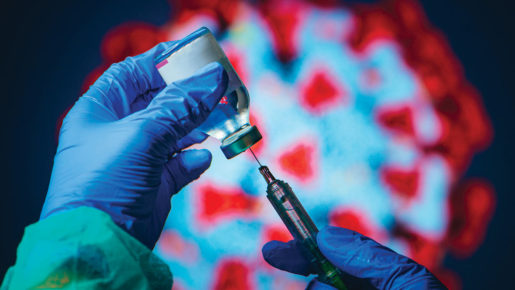
Can an mRNA Vaccine Interact with or Alter my DNA?
No. The injected mRNA used by Moderna and Pfizer does not enter the “nucleus” of the cell, the structure inside the cell that stores DNA. The mRNA simply hangs out in the “cytoplasm” of the cell, the large area of the cell that contains the solution that protects and helps shape the cell. Then the mRNA self-destructs after it creates the spike protein particle. Its function is simply to create that spike protein and then skedaddle. It is therefore scientifically impossible for it to interact with or alter DNA.
Are the mRNA Vaccines Really Safe?
Yes. While the COVID-19 vaccine is the first mRNA vaccine that applied for FDA approval in the U.S., mRNA vaccines are not new concepts. They have been studied for decades prior. One of the greatest advantages of an mRNA vaccine is that it can be developed rapidly using readily available materials, hence quite useful in a pandemic for emergency use. It is less costly, less time-consuming, and easier to create mRNA than it is to create viral particles or proteins as used by other vaccines.
But mRNA’s fragile nature has kept scientists from utilizing it in vaccines up until now. It is easily destroyed and requires specific temperatures to survive. However, scientists were brilliantly able to solve this problem during the pandemic, and going forward we are now more likely to utilize this technology for future vaccines.
The COVID-19 mRNA vaccines were studied in tens of thousands of people in large clinical trials to ensure they met safety standards and have been under significant peer, state, and federal review before authorization for approval.
They are held to the same rigorous safety and efficacy standards as all prior vaccines; the FDA and the Center for Disease Control’s (CDC) Advisory Committee on Immunization Practices (ACIP) have thoroughly reviewed all safety data prior to the vaccines’ approval for use in the U.S.
Which Vaccine is Best?
Truthfully, whichever vaccine you can obtain first is best. And most likely, you will not be given an option during the beginning stages of vaccination. We are very fortunate to be able to obtain any one of the approved, available vaccines.
Pfizer’s and Moderna’s vaccines both require two injections 21 and 28 days apart, respectively, and are almost equally effective after the second dose. Pfizer has an insignificant, less than 1% lead, at 95% efficacy versus Moderna’s 94.1% efficacy.
J&J’s vaccine on the other hand is a single injection reported as 66% protective against moderate to severe infection, but 85% effective against severe infection. Even though it would seem as though J&J is comparably less effective, it is not possible to compare the efficacy of J&J’s to Moderna/Pfizer’s vaccines because the trials were testing for different outcomes when assessing their efficacy. All have surpassed the FDA’s required 50% efficacy threshold and are good options.
The key is to vaccinate with whatever vaccine is most easily accessible and to protect as many people as quickly as possible in order to produce “herd immunity,” immunity in which a high proportion of people can help prevent the spread and help protect those most vulnerable and/or unvaccinated. Herd immunity will also help diminish the development of new mutations of the virus, which is really key at this point in time.
In the case of COVID-19, scientists estimate that between 70-85% of people need to be immune before we achieve significant herd immunity. The virus may not ever entirely vanish, but it can then gradually diminish over time after herd immunity is reached.
Do I Need a Vaccine If I Already Had COVID-19?
Yes. We currently do not know how long natural immunity will last after infection. There is some evidence that the vaccines facilitate a more potent immune response when compared to natural illness. But this is an area that still requires further research. The CDC’s recommendation is to be vaccinated even if you previously contracted the COVID-19 virus.
What Are the Vaccines’ Side Effects?
Many people report minimal or no side effects from the COVID-19 vaccines. Side effects can vary in different people, but are often mild and short in duration. They may be more common after the second shots of the Moderna and Pfizer vaccines.
Side effects typically last 1-2 days, and most commonly include:
soreness at the site of injection
body aches
headache
fatigue
fever
chills
nausea, vomiting
swollen lymph nodes
Note that side effects are simply evidence that your body’s immune system is doing what it is supposed to be doing. These symptoms are created by your own immune system as it is mounting a response and preparing for war in case it sees the virus in the future.
Long-term side effects have not yet been studied since the vaccine trials began in the summer of 2020. However, long-term side effects to vaccines are very rare and it is highly unlikely that a little mRNA protein will cause any long-term effects. If you are still concerned, the safety of vaccines in the U.S. will be reported in a publicly-shared program called Vaccine Adverse Event Reporting System (VAERS) at www.vaers.hhs.gov. Overall, the pros of obtaining a COVID-19 vaccine highly outweigh any potential cons or minute risk.
There is no doubt we all have a vital role to play in this pandemic, not only in our own behavior (wearing a mask, social distancing, etc.) but also in the decision we make when it comes to vaccination. Remember that vaccination is not only to protect you, but it is to protect those around you–think of your elderly grandparents, your co-worker on chemo, infants and children, and those with underlying medical conditions.
We are at war with a deadly virus. It is the duty and responsibility of each and every one of us to do our part to fight this war so that we can reclaim our lives, health, safety, and economy. As a physician who has seen all sides of this nasty pandemic, I urge all of you to consider getting vaccinated.
References:
https://www.cdc.gov/coronavirus/2019-ncov/vaccines/facts.html
https://www.cdc.gov/vaccines/covid-19/
https://www.cdc.gov/coronavirus/2019-ncov/
Sanaz Majd, MD is a board-certified Family Medicine physician and host of the Majd MD YouTube channel, reviewing the latest medical topics and headlines: www.youtube.com/MajdMD. You can also follow her on Facebook or Instagram: @SMajdMD.


